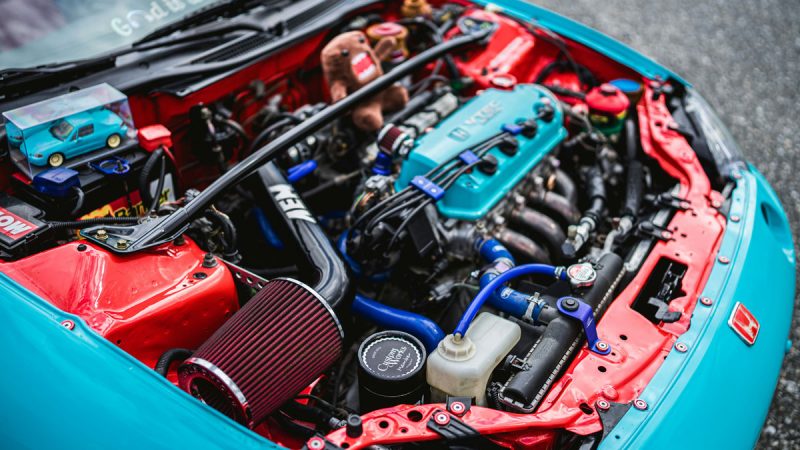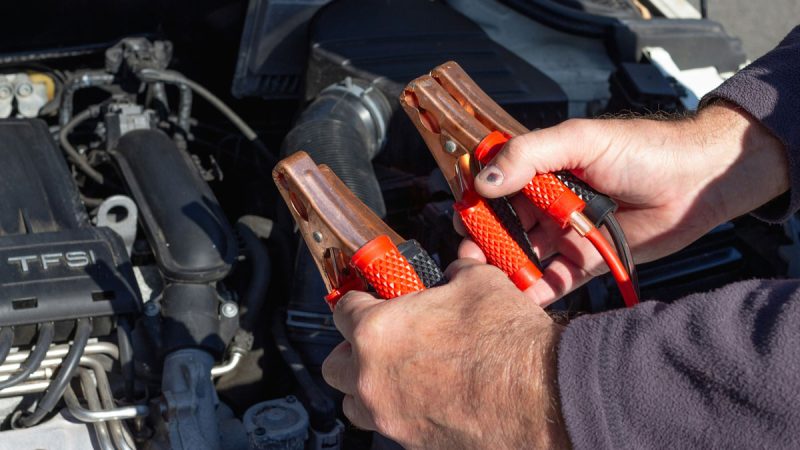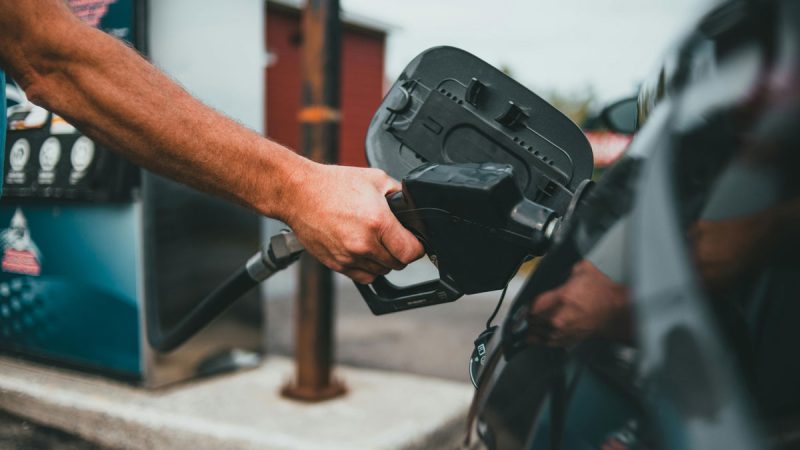What to Do if Your Car Is Overheating

Imagine this: you’re driving along, enjoying some music, and thinking life is good. A split second later, you see the temp gauge on your instrument cluster approaching the red zone as your car starts overheating. The Christmas tree lights illuminate your face as you see steam from under the hood. It sounds poetic, but it’s a terrible thing to happen to anyone.
Engine overheating isn’t an overly common issue that many people face. With that said, it doesn’t mean it cannot happen to anyone. Even if it didn’t happen to you in the past, being prepared and knowing what to do is crucial.
Even though certain damage and costs are inevitable, I’ll help you outline the essential steps to minimize them.
What Is Car Overheating?
Car overheating is technically engine overheating, and it’s exactly as it sounds. The engine relies on the cooling system to ensure the operating temperature is between 195 and 200 degrees Fahrenheit. As you drive, the temperature may vary a bit, which is nothing to be alarmed about.
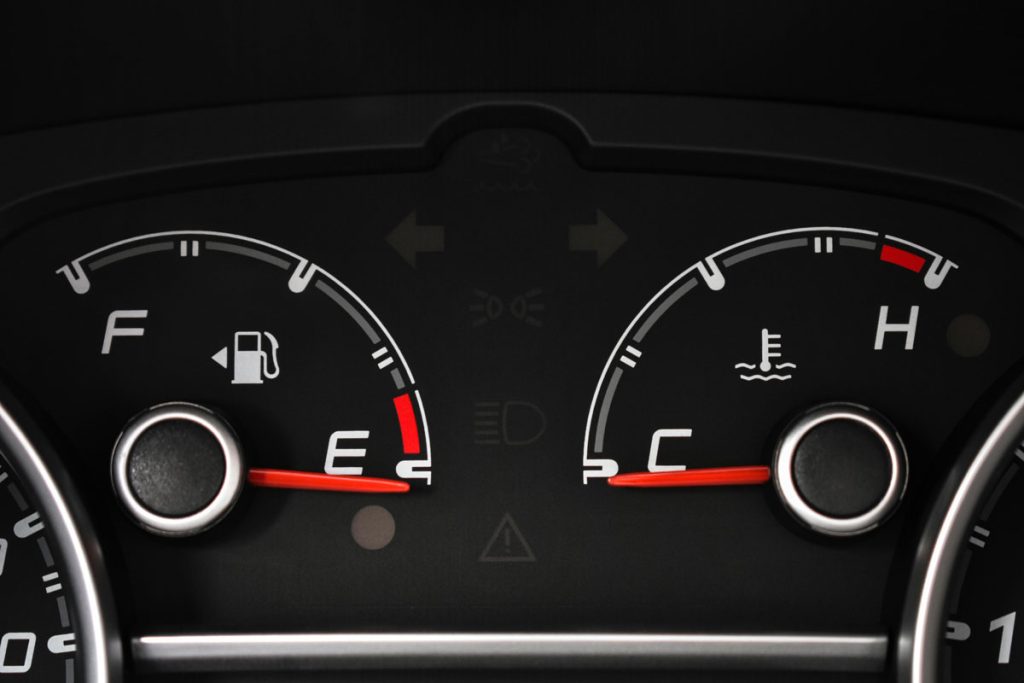
Seeing the needle creeping to the red zone on the gauge means that your engine is overheating. There are multiple reasons for this, but that’s something to solve another day. Not, let’s talk about what you should do in these situations.
Immediate Steps to Take if Your Car Is Overheating
As soon as you notice that the engine temperature is going up, the first thing you should do is turn the AC off and crank up the heater to the max. This helps manage the temps by pulling some of the heat from the engine into the cabin. Doing it in summer isn’t fun, believe me, I know, but it’s your only choice to buy a few more seconds or minutes.
Once you turn the cabin into a sauna, it’s time to find a safe place to pull over. This is essential because, in addition to dealing with the overheating problem, you don’t want someone to rear-end you. As soon as you’re parked safely, turn off the car, sit back and wait.
Inspecting and Addressing the Overheating Problem
The main reason why you shouldn’t do anything is because the engine operates at a very high temperature. I’ve read online that you can wait 15 minutes before doing anything, but I tend to lean more towards the safe side, meaning that I’d recommend at least 30. As soon as things start to cool down, you can begin the inspection process.
Check Coolant Levels
Once the engine has cooled down, you can start the inspection process. The first thing you should check is the coolant levels. Find the reservoir under the hood and see if there’s any coolant there. Top off the reservoir and continue with the inspection process.
Check the Radiator
Next up, you’ll want to look under the car and see if there are any leaks. A damaged radiator or a broken hose will result in a leak, meaning you should see the coolant below the car or on the plastic cover under the engine.

You’ll also want to look at the radiator and see if it has any damage. A broken radiator can leak, so it’s another cause of overheating to check out. To ensure the radiator does its job properly, you’ll need to make sure there isn’t debris blocking it. See if you can clean some of it to allow more air to flow through it.
Check the Fans
Also, check if the fan or fans spring freely. Turn them by hand and see if any resistance or sounds shouldn’t be there. Again, you’ll need to make sure the car is turned off, and I cannot stress this enough. If you like your hands and fingers, you won’t try to do anything while the engine is running.
I’ll be honest: doing these inspections is more or less to satisfy your curiosity. Unless you have a spare radiator or hoses in the trunk, you won’t be able to do anything on the side of the road. Your only option would be to try to top off the coolant and hope for the best.
Get To a Mechanic
When it comes to getting to a mechanic, you have two options, one of which I may get some hate about.
Get Help
The best thing you can do is call a tow truck or roadside assistance and let someone else handle this problem. If you go through the inspection, you could explain the problem and get someone to fix it on the side of the road. On the other hand, your car goes to the mechanic.
Drive to the Mechanic
Let’s say, for whatever reason, you can’t get a tow truck, so you need to drive your car to the mechanic. It’s not the recommended approach, but I’ve done it once, and the car’s still alive. With that said, your mileage may vary. In my situation, it was a cracked hose that dripped coolant, but the system managed to hold on enough to avoid another overheat and a damaged water pump.
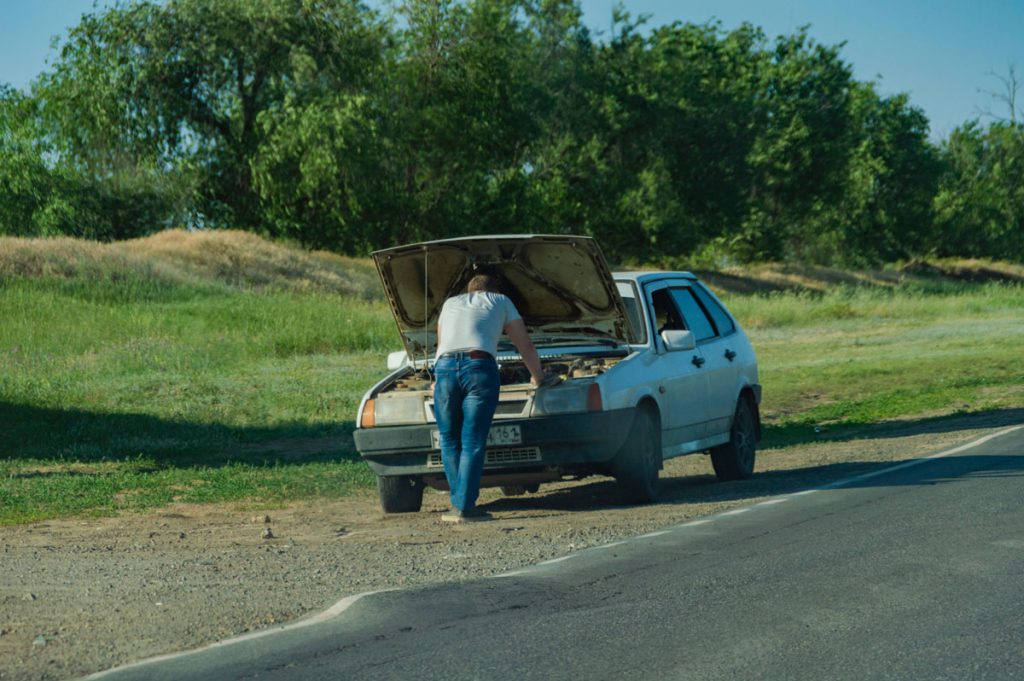
The approach here is to let the car cool down, top up the coolant, and start driving. Keep the heating to a maximum to draw as much heat from the engine as possible. Drive for a while and monitor the temps to ensure they don’t go in the red zone again. Take brakes, check the coolant levels, and top off on each pause. In my situation, I had to stop several times before I got my car home. Luckily, I had concentrated coolant and plenty of distilled water, so I had enough to do this.
As easy as all of this sounds, I’d advise you against doing it unless you really know what you’re doing. A fully ruptured hose or a nasty hole in the radiator means you’ll lose coolant much faster. As a result, you may risk running your water pump dry, which can lead to a costly repair.
How to Prevent Your Car From Overheating
Unexpected things can happen, but there are ways in which you can minimize potential risks.
The first is to check the coolant levels and top them off as needed. One thing to keep in mind is that you shouldn’t be losing coolant, so you’ll need to check that out. It can be any number of things, so a trip to your local mechanic can identify the problem.
While you’re there, the technician can check the hoses and fittings to ensure they’re tight and the coolant isn’t leaking. A full inspection should also include the belt and the water pump, so there’s no harm in doing this regularly to ensure your car is in good shape.
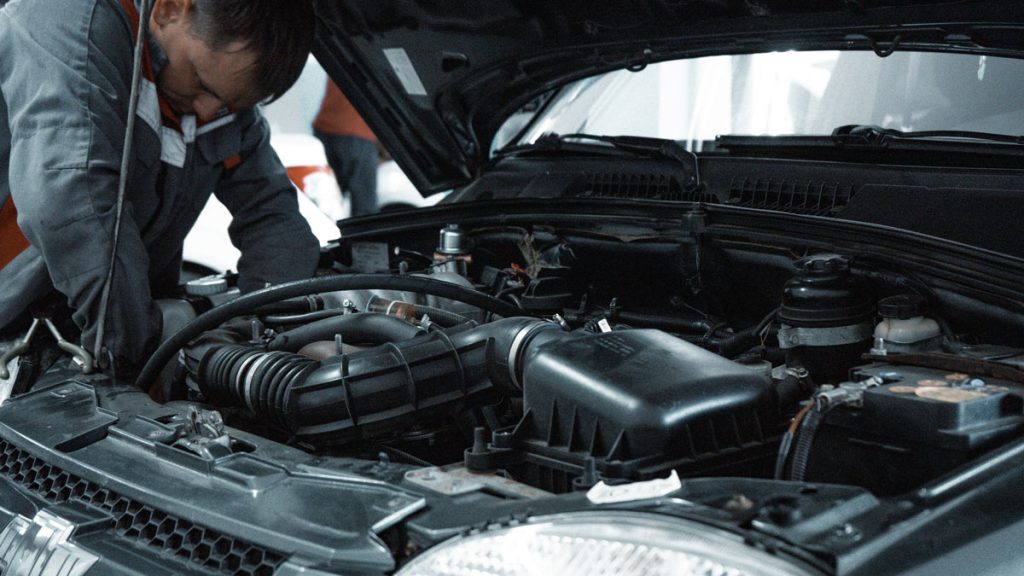
Finally, let’s discuss something many people ignore: radiator flushing. This procedure involves draining the coolant from the system and replacing it with a new one, just like an oil change. The idea behind this is similar. You’re removing the coolant that may have contaminants and replacing it with a new one.
The reason I say most people ignore it is that there is a service interval for the coolant as well. Your car’s owner’s manual should have this information, but if it doesn’t, you can consult with your mechanic. I generally tend to do a flush every 30,000-ish miles.
Conclusion
Experiencing an overheating car isn’t something you’ll want to happen. Knowing what to do is essential to ensure you’re not doing more damage to your car. The most important thing to do is pay attention to your temp gauge and stop if you see the needle going up. From that point on, you can try to diagnose the problem yourself or get help. Whatever you do just make sure you follow my recommendations to avoid getting hurt.


